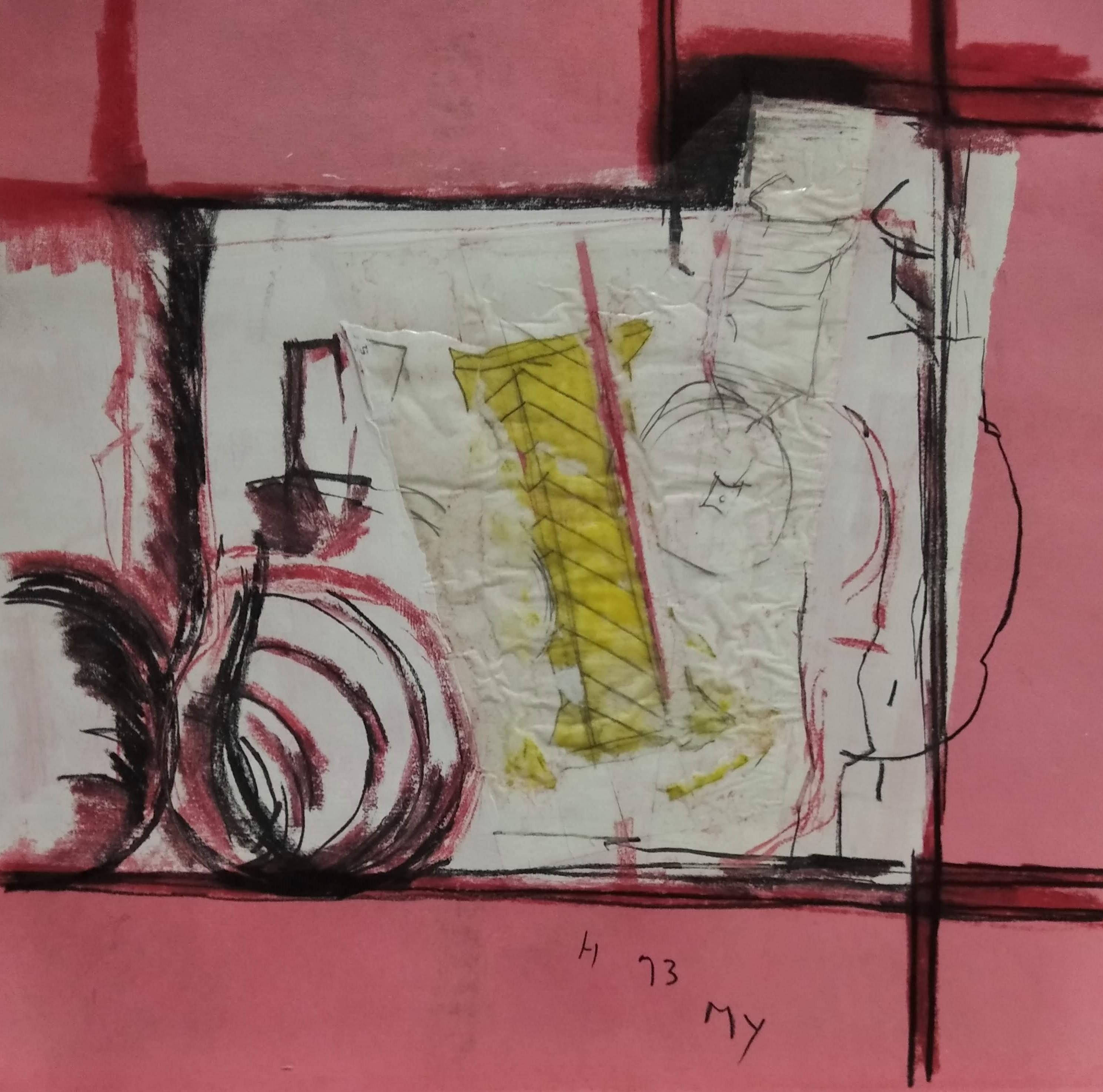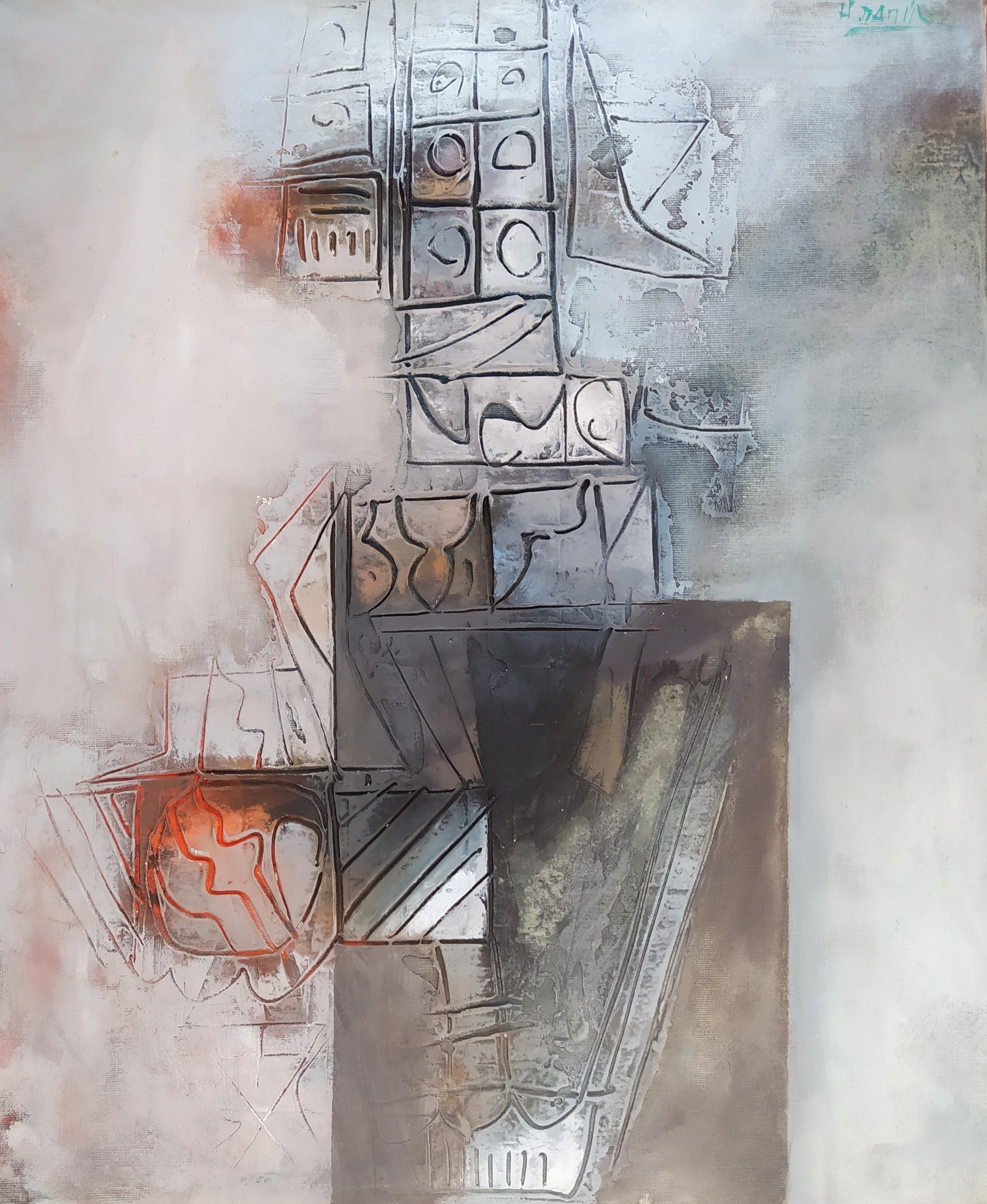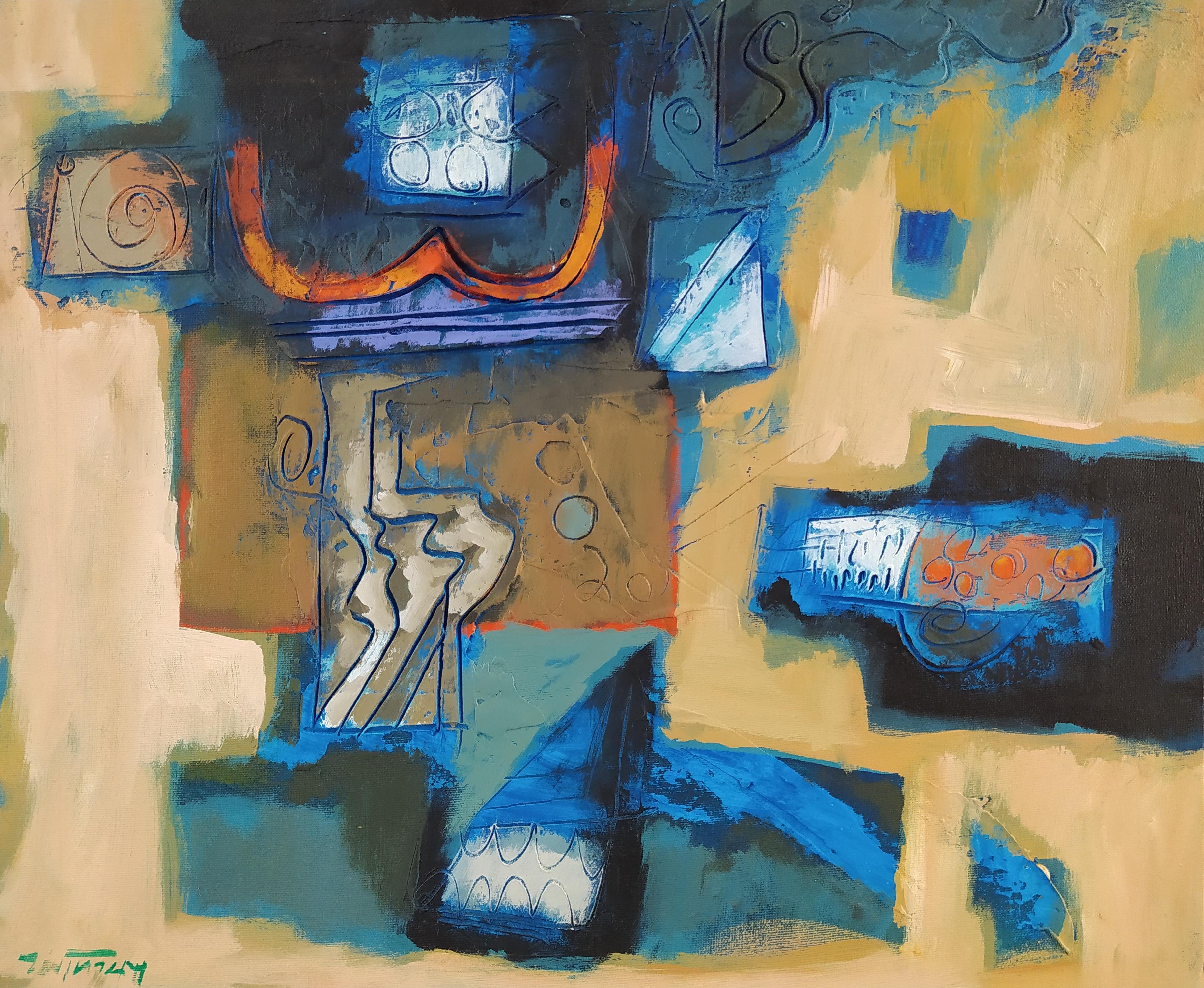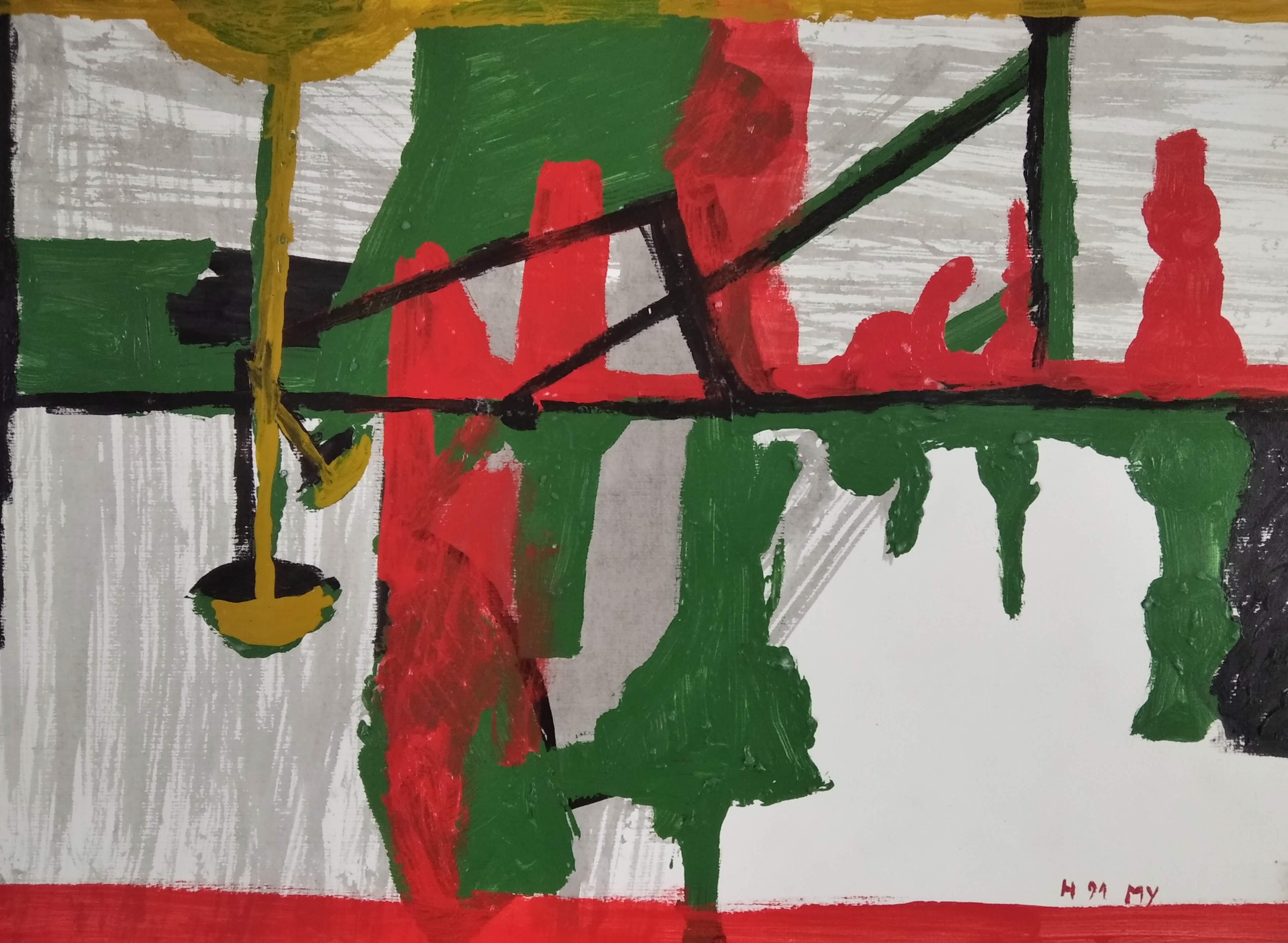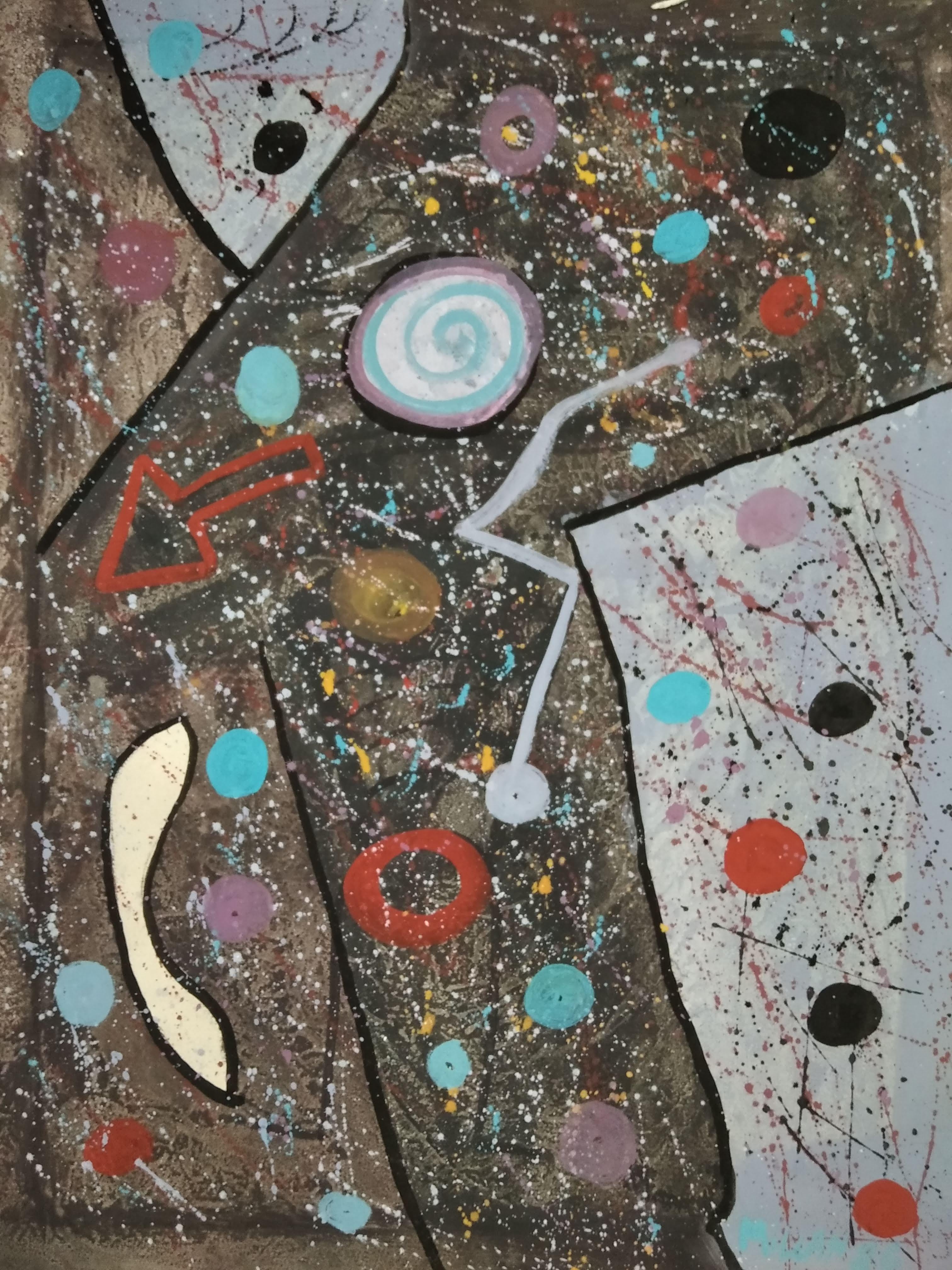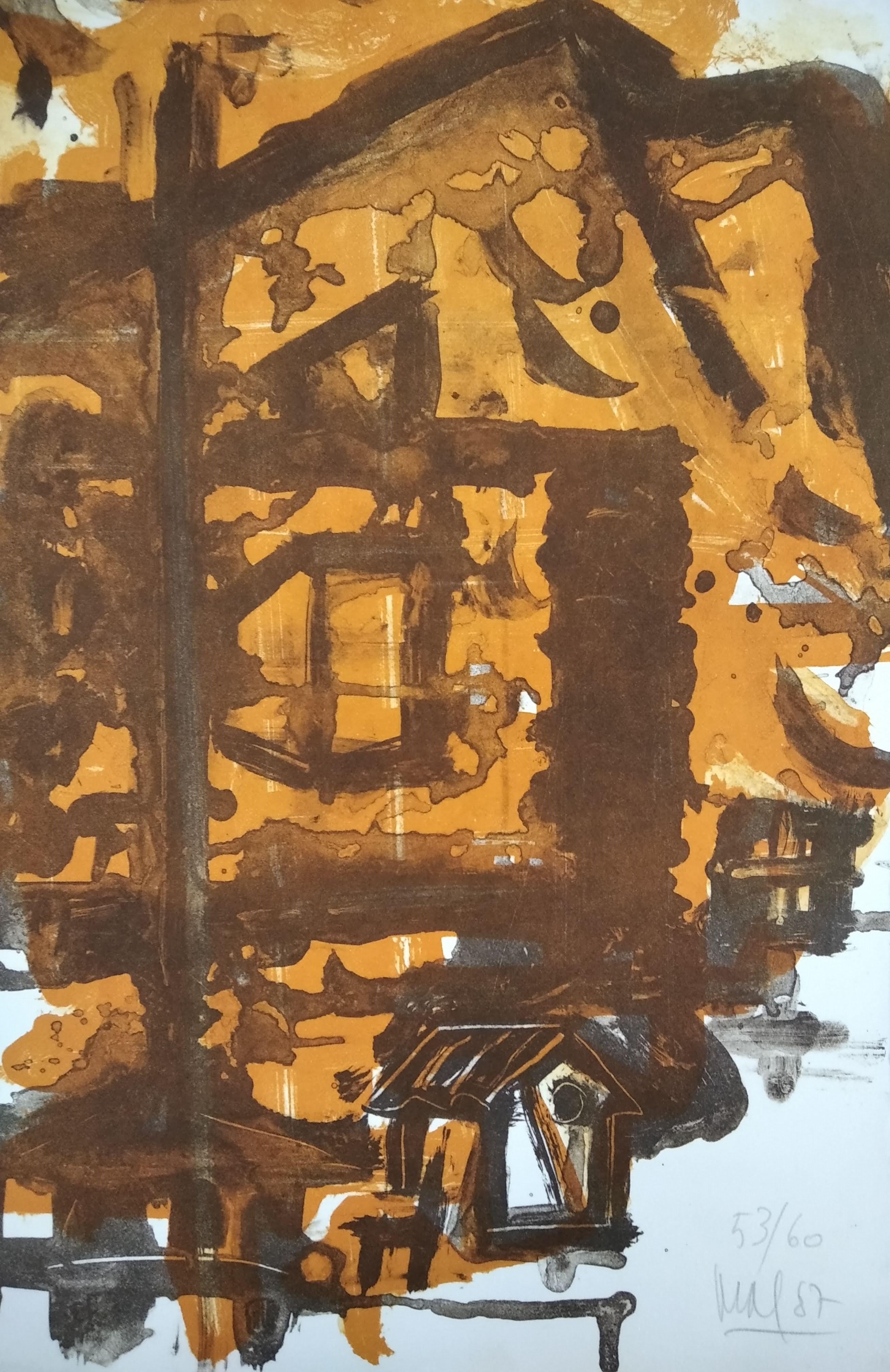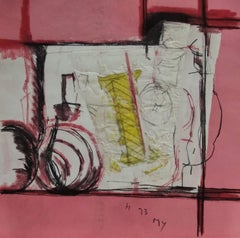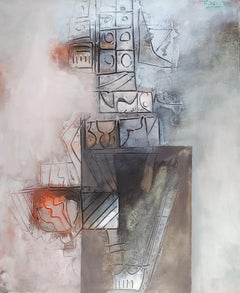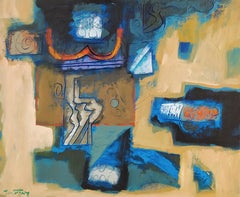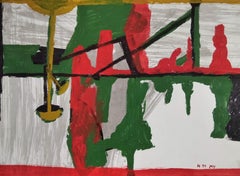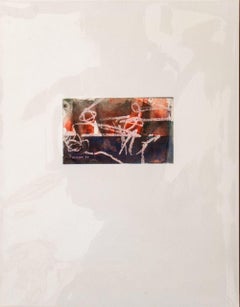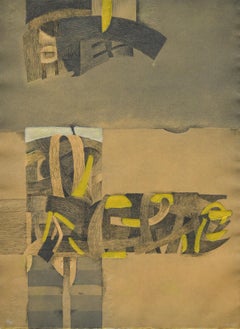Want more images or videos?
Request additional images or videos from the seller
1 of 5
Miguel YbáñezUntitled1990
1990
$3,060.10
£2,337.66
€2,600
CA$4,311.81
A$4,747.72
CHF 2,461.90
MX$56,226.06
NOK 31,252.25
SEK 29,208.77
DKK 19,807.30
About the Item
The painting is being offered with a work and authenticity certificate
- Creator:Miguel Ybáñez (1946, Spanish)
- Creation Year:1990
- Dimensions:Height: 15.75 in (40 cm)Width: 11.82 in (30 cm)
- Medium:
- Movement & Style:
- Period:
- Condition:
- Gallery Location:Barcelona, ES
- Reference Number:1stDibs: LU1787212531482
About the Seller
5.0
Vetted Professional Seller
Every seller passes strict standards for authenticity and reliability
Established in 2003
1stDibs seller since 2022
16 sales on 1stDibs
Typical response time: 8 hours
- ShippingRetrieving quote...Shipping from: Barcelona, Spain
- Return Policy
More From This Seller
View AllUntitled
By Miguel Ybáñez
Located in Barcelona, BARCELONA
The painting is being offered with a work and authenticity certificate
Category
1990s Abstract Mixed Media
Materials
Paper
Untitled
Located in Barcelona, BARCELONA
The painting is being offered with a work and authenticity certificate
Category
1990s Abstract Mixed Media
Materials
Canvas
Untitled
Located in Barcelona, BARCELONA
The painting is being offered with a work and authenticity certificate
Category
1990s Abstract Mixed Media
Materials
Canvas
Untitled
By Miguel Ybáñez
Located in Barcelona, BARCELONA
The painting is being offered with a work and authenticity certificate
Category
1990s Abstract Mixed Media
Materials
Paper
Untitled
Located in Barcelona, BARCELONA
The painting is being offered with a work and authenticity certificate
Category
1980s Abstract Mixed Media
Materials
Handmade Paper
Untitled
Located in Barcelona, BARCELONA
The painting is being offered with a work and authenticity certificate
Category
1980s Abstract Abstract Paintings
Materials
Ink, Lithograph
You May Also Like
Abstract Composition
Located in Astoria, NY
Maurice Sievan (American, 1898-1981), Untitled, Mixed Media on Paper, 1970, crayon and watercolor, signed and dated "'70" to lower left and inscribed to verso, in a white mat, unfram...
Category
1970s Abstract Mixed Media
Materials
Crayon, Watercolor
Untitled
Located in Milano, MI
negli anni approfondisce anche lo studio della storia dell’arte e, in particolare, si appassiona ai pittori che lui stesso ama definire “fuori dall’onda”, per lo “spirito di novità” ...
Category
21st Century and Contemporary Abstract Mixed Media
Materials
Mixed Media, Oil, Board
Homenaje a Pasado
By Juan Manuel de La Rosa
Located in San Francisco, CA
Artist: Juan Manuel De La Rosa (Mexican, born 1945)
Title: Homenaje a Pasado
Year: 1979
Medium: Mixed media and collage, with embossing
Paper: Hand made
Image size: 11.75 x 13....
Category
Late 20th Century Abstract Expressionist Mixed Media
Materials
Mixed Media
Untitled Edition 7 of 99
By Fernando de Szyszlo
Located in Miami, FL
Fernando de Szyszlo was a Peruvian painter best known for using pre-Columbian imagery and muted palette. De Szyszlo’s art was an attempt at reinventing Surrealist themes in a Latin A...
Category
20th Century Abstract Prints
Materials
Engraving, Etching
untitled #2
By Enrique Kico Govantes
Located in San Francisco, CA
Artist: Enrique Kico Govantes (Cuban, born 1957)
Title: Untitled
Year: Circa 1985
Medium: Oil on pressed board panel
Panel size: 23.5 x 9.5 inches
Signature: Signed on t...
Category
Late 20th Century Modern Abstract Paintings
Materials
Oil
Sin título
By Antoni Clavé
Located in BARCELONA, ES
Original work by Antoni Clavé
Untitled
1976
Oil and Collage
100 x 70 cm.
Certified by Archives Antoni Clavé
Category
1970s Abstract Mixed Media
Materials
Mixed Media, Oil
$25,893
